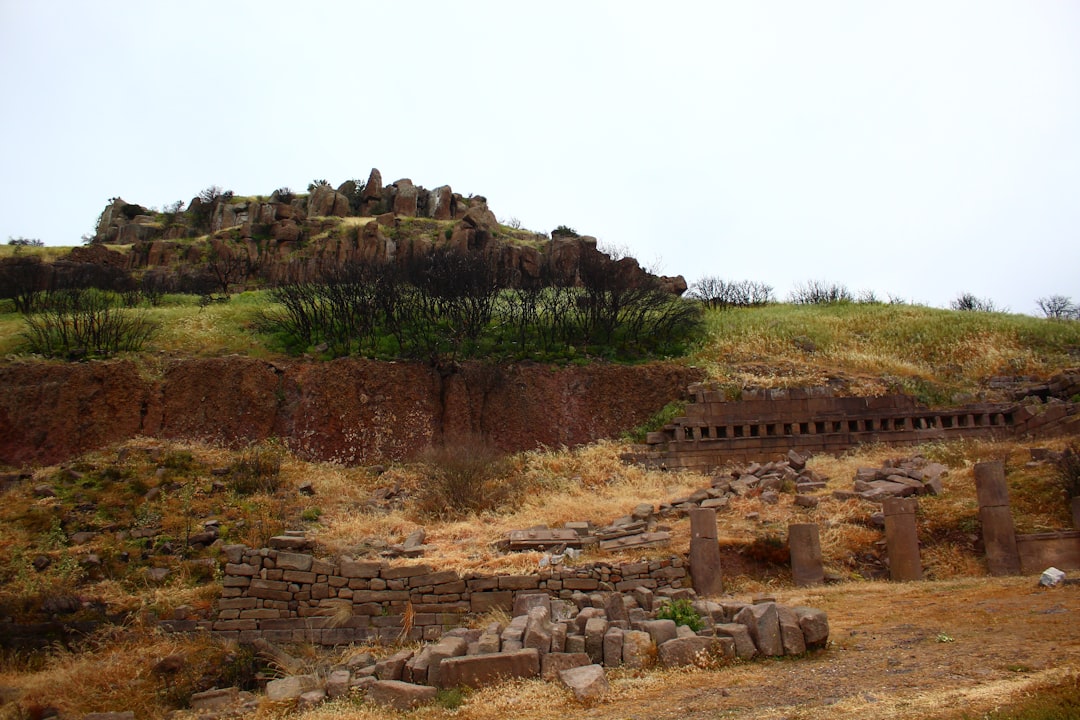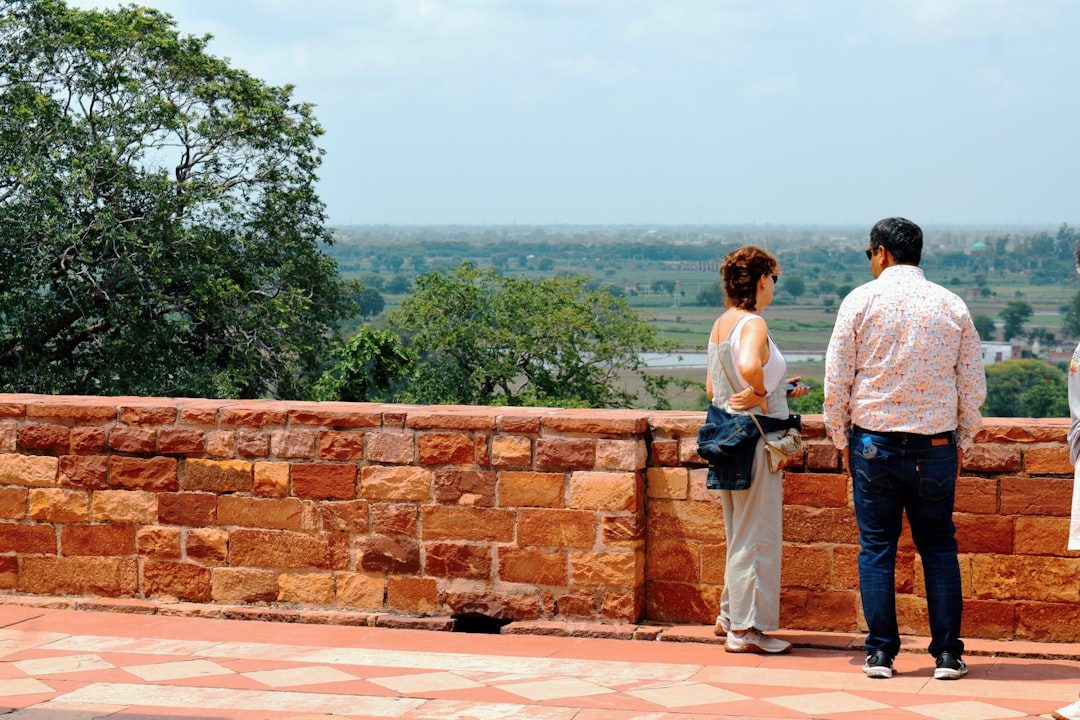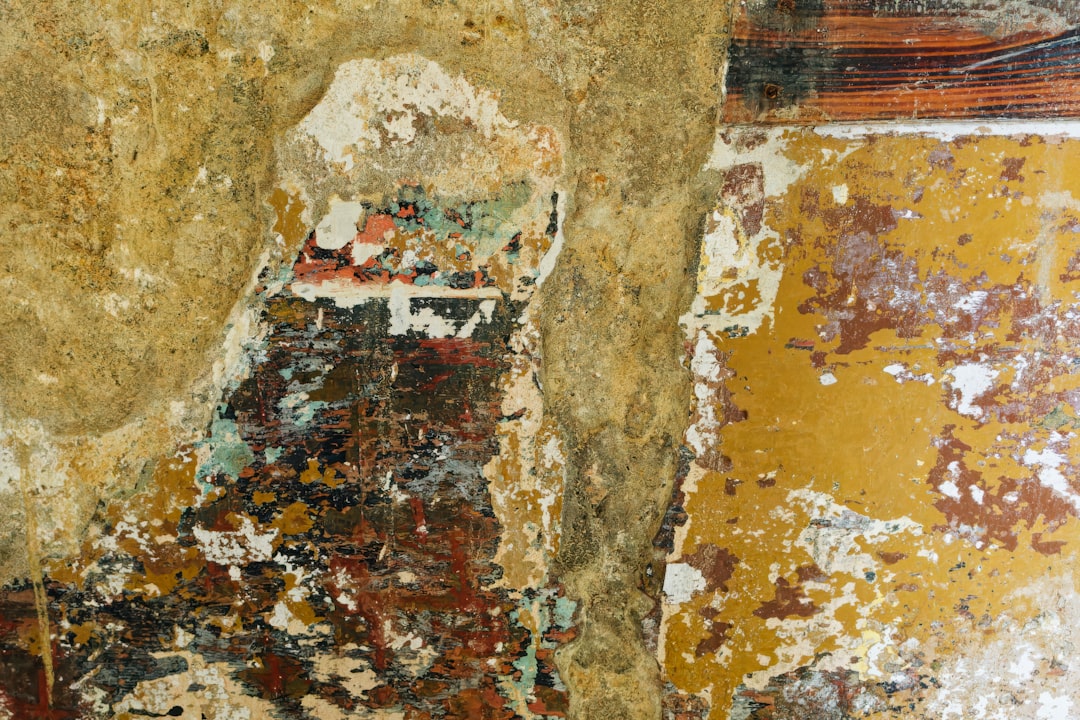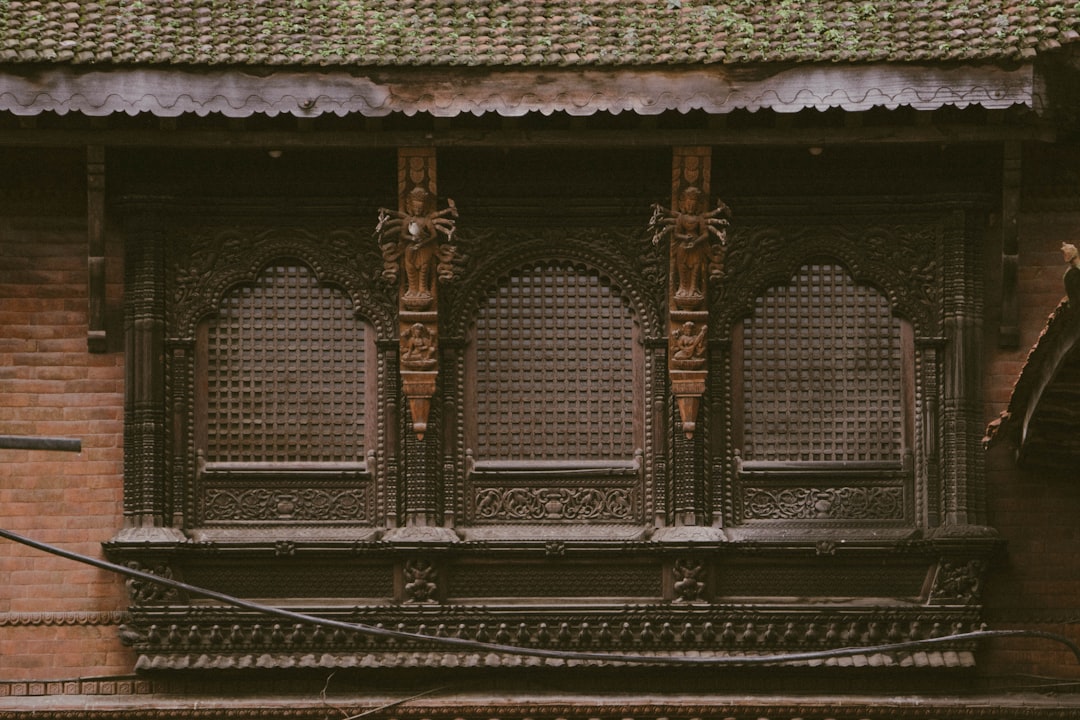The Majestic Sigiriya: An Overview
Known primarily for its rich history and breathtaking landscapes, Sri Lanka is home to many mesmerizing sites. One of the most iconic is Sigiriya, often referred to as the “Lion Rock”. This ancient site, recognized as a UNESCO World Heritage site, boasts stunning views and is steeped in legend. Standing at approximately 200 meters tall, Sigiriya is an ancient rock fortress that attracts thousands of tourists each year, eager to explore its enchanting history and remarkable architecture. The fortress, with its fascinating blend of nature and human ingenuity, offers a glimpse into a thriving civilization that once flourished in this remarkable landscape.
History of Sigiriya: A Glimpse into the Past
Sigiriya’s history traces back to the 5th century when it served as a royal citadel for King Kashyapa. Legend has it that the king murdered his father to ascend the throne and subsequently built this majestic fortress as a stronghold. The location was ideal for defense purposes, and Kashyapa adorned it with spectacular gardens, palaces, and frescoes. This rich historical significance is evident in the remnants of urban planning, architecture, and art that continue to fascinate historians and visitors alike.
The archaeological significance of Sigiriya is immense, as evidenced by the remains of the ancient city that once thrived in its vicinity. Today, the site still provides insight into the advanced urban planning and artistry of ancient Sri Lankan civilization. Visitors are left in awe at the complexity of the constructions that remain, illustrating a blend of artistry with purpose. One can often see archaeologists at work, unearthing remnants that tell stories of a civilization long past, enriching the narrative of Sigiriya.
The Rock Fortress: Architectural Marvel
As you approach Sigiriya, the vision of the imposing rock rising amidst lush green terrain is truly remarkable. The ascent to the summit is not merely a hike but a journey back in time, with relics of grandeur along the way. The fortress is an extraordinary blend of natural beauty and architectural prowess, representing one of the most significant achievements in ancient Sri Lankan engineering.
The mirror wall, once coated with highly polished white plaster allowing the king to observe visitors without being seen, is covered with ancient graffiti, offering a glimpse into the thoughts and sentiments of those who visited the site centuries ago. These inscriptions serve as a testament to the artistry of past visitors, revealing their impressions and experiences of the rock fortress.
However, what captivates most visitors are the stunning frescoes depicting celestial maidens, which date back to the time of the king. These portrayals of beautiful women, adorned with traditional jewelry, are iconic to Sigiriya and showcase the artistic genius of ancient Sri Lankan artists. The vibrant colors and intricate details of these frescoes continue to dazzle visitors, reminding us of the aesthetic sensibilities of the past.
The Climb to the Summit: An Unforgettable Experience
The climb to the top can be challenging but rewarding. The pathway is well-maintained, allowing adventurers of all levels to experience the beauty of Sigiriya firsthand. As you ascend, you encounter various stages that present unique views and historical insights, making the trek both physically engaging and educational. Many visitors take their time on the way up, stopping to absorb the breathtaking surroundings, snap photos, and learn about the history that surrounds them.
As you reach the summit, the panoramic view of the surrounding landscape is breathtaking—forest canopies stretching for miles, dotted with ancient ruins, and distant mountains create excellent photography opportunities. It’s essential to start your journey early in the day if you wish to avoid the crowds and the heat. The golden sunrise casting a glow over the ruins is a sight to behold, making your trek worthwhile. Many hikers express a sense of accomplishment when they reach the top, enveloped by the stunning views that seem to reinforce the majesty that Sigiriya represents.
What to Expect at Sigiriya
When visiting Sigiriya, you will find well-maintained garden areas designed following ancient landscape principles, featuring symmetrical designs, pools, and water gardens that are unique to Sri Lanka. These gardens were once radiant with flowers and sprawling grass, creating a serene atmosphere amid the fortress. They invite visitors to wander and appreciate the ancient aesthetics that are still alive in this historical context.
The Sigiriya Museum nearby is also worth visiting. It provides detailed information about the history, construction, and architectural brilliance of this ancient site. The museum includes various artifacts found during archaeological excavations and a fascinating display of the flora and fauna of this region. Engaging interactive exhibits bring the past to life, making it an educational stop that complements the journey through the fortress.
How to Get to Sigiriya
Sigiriya is easily accessible from major cities in Sri Lanka. The nearest town, Dambulla, serves as a base for many travelers exploring Sigiriya. It’s roughly an hour’s drive from the city of Kandy, which is another popular tourist destination. Buses and taxis are readily available for those who prefer not to self-drive. Availability of transport options ensures that reaching this historical monument is convenient and user-friendly.
Tip: Travel in the early morning or late afternoon to avoid the harsh midday sun, and carry plenty of water to stay hydrated during your climb. In addition, wearing comfortable shoes and bringing a small backpack for essentials is recommended to enhance your experience as you explore Sigiriya’s rugged terrain.
Best Time to Visit
The best time to visit Sigiriya is during the dry season from December to April, as the weather is pleasant and suitable for outdoor exploration. During the rainy season, it can be challenging to hike due to slippery paths. Months of moderate weather also welcome a larger number of visitors, ensuring a vibrant atmosphere around the site.
Every year, many festivals are celebrated in the region, presenting visitors with a chance to engage with local culture. Don’t miss out on the Pilgrim’s Festival, which attracts many locals and tourists alike. The festival is a celebration filled with cultural performances, food stalls, and exhibits that give visitors a deeper understanding of the local lifestyle.
Book Your Tours and Experience the Best of Sigiriya
To experience Sigiriya fully, consider booking guided tours that cover both the fortress and its surrounding areas, including visits to local villages, elephant safaris, and cultural performances. Platforms like Viator provide excellent options for discovering all that this historical site has to offer. With different tour packages available, including personalized itineraries, there is something for every type of traveler.
Don’t Forget to Capture the Moments
Photography enthusiasts will marvel at the picturesque spots throughout Sigiriya. Remember to bring your camera to capture the majestic rock fortress and its surroundings. From stunning sunsets to vibrant local wildlife, Sigiriya is a photographer’s paradise. Each angle of the fortress reveals a unique story, with striking contrasts between the ancient rock and the verdant landscape around it.
Conclusion: A Journey Worth Taking
Visiting Sigiriya is more than just a sightseeing experience; it is a journey through time, culture, and nature. With its breathtaking landscapes and rich heritage, Sigiriya stands as one of the most significant cultural monuments in Sri Lanka. Whether you are a history buff, a nature lover, or an adventure seeker, you will undoubtedly find something extraordinary at this ancient rock fortress. The memories formed here will remain etched in your mind long after you leave, inspiring many to retell the remarkable tales of Lion Rock amidst the realms of adventure, beauty, and history.
If you’re looking for more adventure, check out GetYourGuide for exciting experiences around Sigiriya and other remarkable destinations in Sri Lanka.






